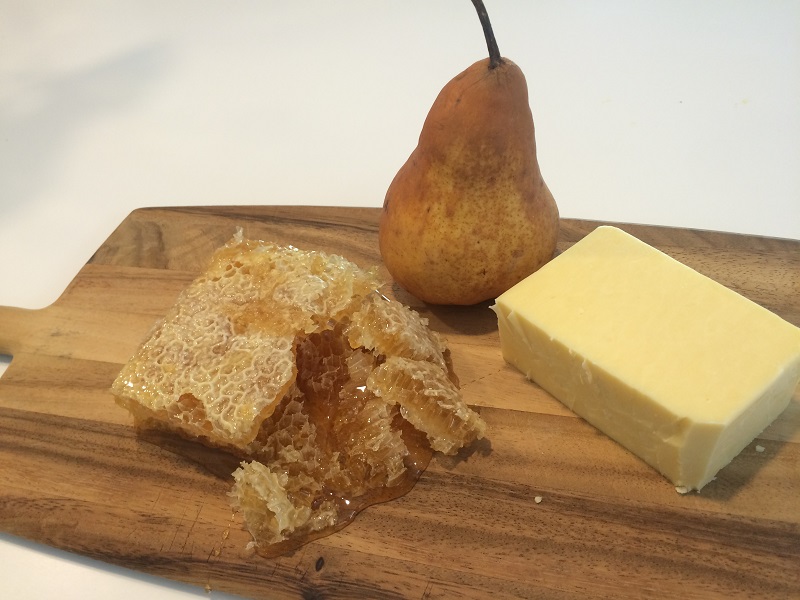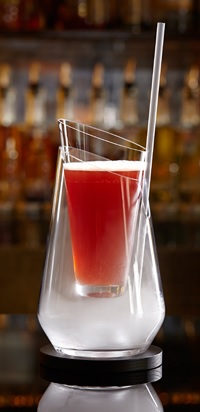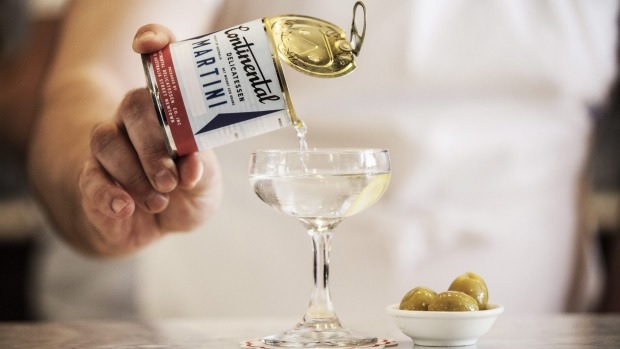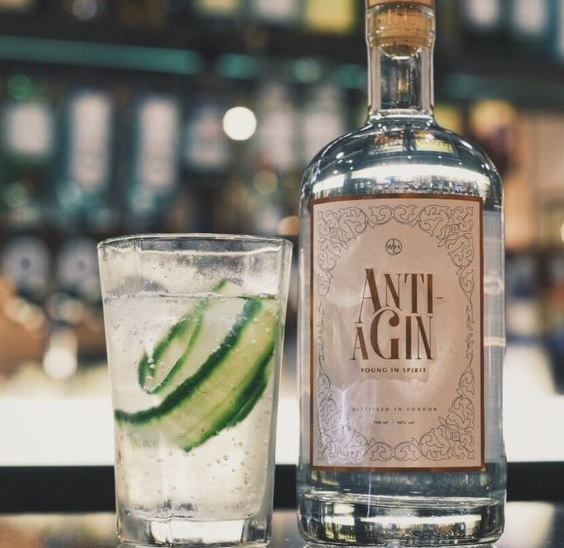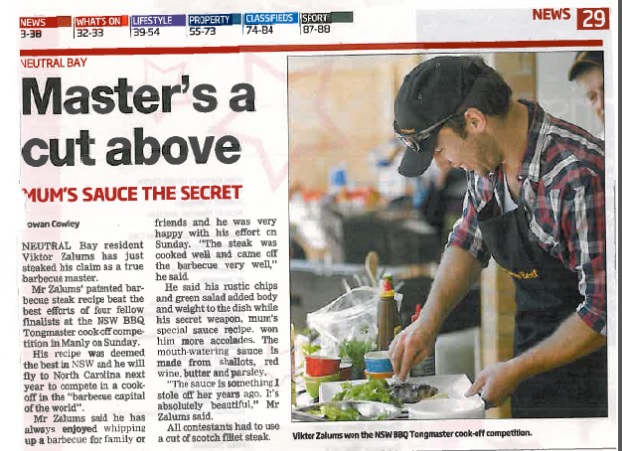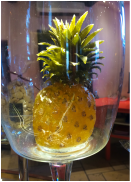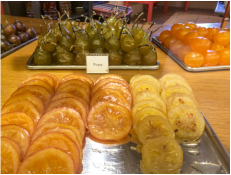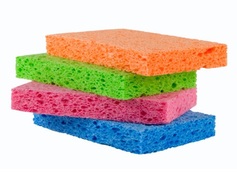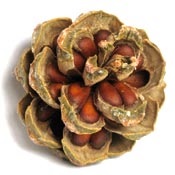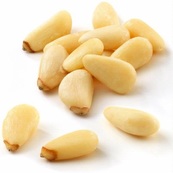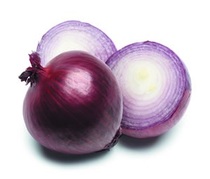Here are some that I pondered about and researched the meanings:
Aria: A long operatic song for a solo voice (Located near the Sydney Opera House)
Mezzo: A female singer with a voice pitched between soprano and contralto / or / the Italian word for Half or Medium (Musical themes are popular. What about Filo Harmonic?)
Pecorino: A type of sheep’s milk cheese / or / simply a little sheep (Better than Giraffino)
Movido: Spanish for Active, swinging, abuzz, stirred (I like it!)
MoVida: Spanish for Happening, Gathering
Bambini Trust: Bambini is Italian for children (I don’t think they serve kids meals but their food is divine)
The Golden Stool: Stop snickering, it actually means the royal and divine throne of the Ashanti people
And a couple that don’t need any explanation or passionate meaning:
A Salt & Battery and Just Falafs! (Love it!)


